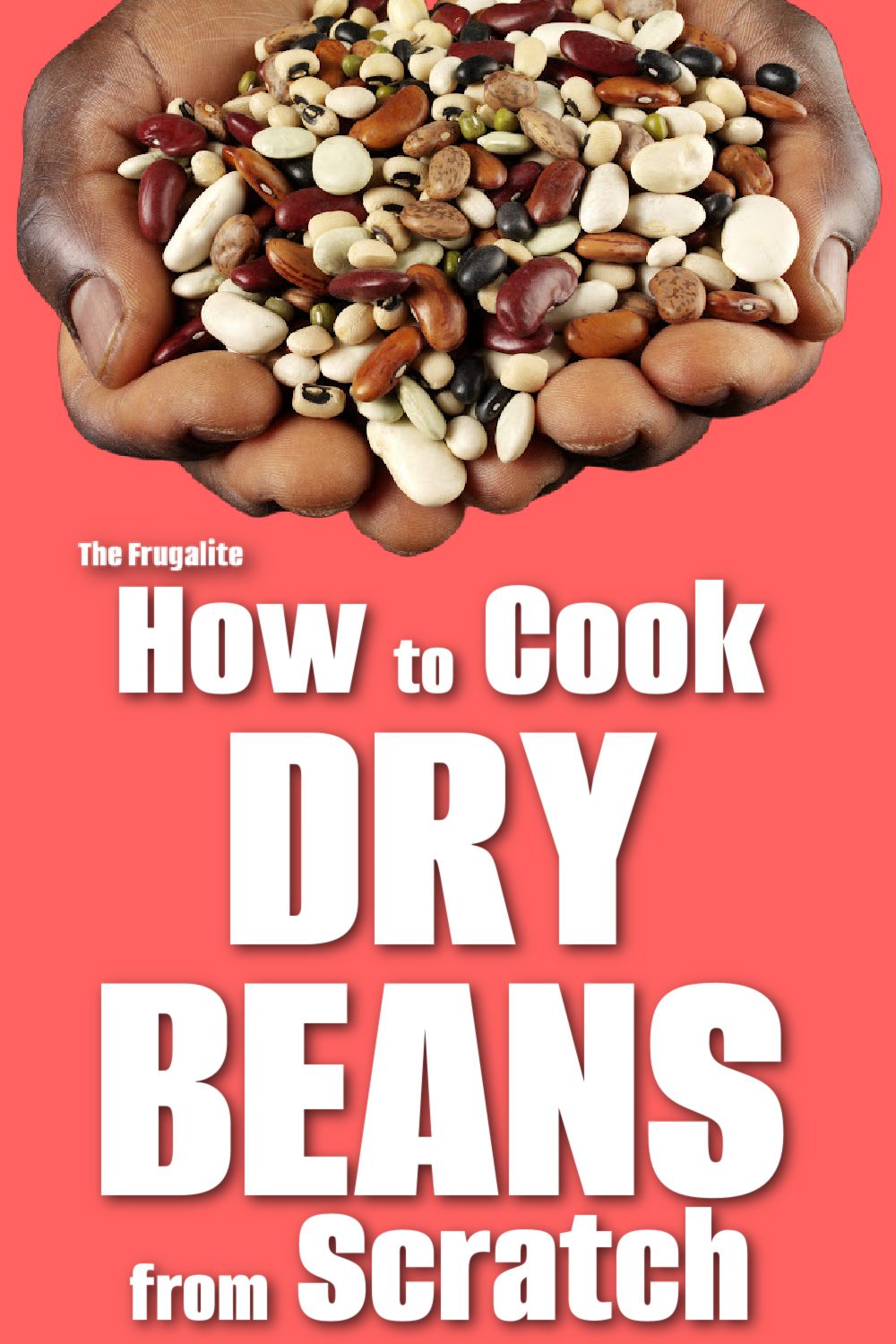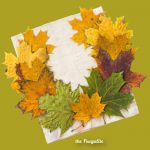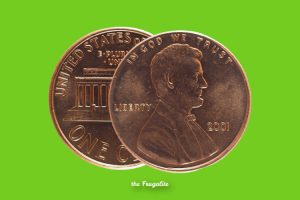(Psst: The FTC wants me to remind you that this website contains affiliate links. That means if you make a purchase from a link you click on, I might receive a small commission. This does not increase the price you’ll pay for that item nor does it decrease the awesomeness of the item. ~ Daisy)
by the author of The Ultimate Guide to Frugal Living and The Flat Broke Cookbook
When most people think about the cheapest, relatively nutritious food around, they think of beans and rice. A lot of folks stock up on canned beans, certain that dry beans are too much hassle and too time-consuming. But learning to cook dry beans from scratch can save you a ton of money if beans are a regular part of your diet.
The Bean Institute reports:
Dry beans cost less per serving than canned beans. For example, a one-pound bag of dry pinto beans costs, on average, $1.79 and will make 12-½ cup servings of cooked beans, whereas a 15 oz. can of national brand pinto beans costs $1.69, a store brand can cost $1.19, and each provides 3.5-½ cup servings. This means that a serving of pinto beans made from dry beans costs just $0.15, while a serving of store-brand canned pinto beans costs $0.34, and the national brand costs $0.48. A family of four that eats beans once a week could save nearly $80 per year by choosing dry beans versus a national brand of canned beans.
Not only are you saving money, but if you are worried about sodium intake, you can completely control it when you cook beans from scratch at home.
As a born-and-raised Southerner, I’ve often turned my nose up at canned beans. The home-cooked version is just so much tastier and has a far better texture. Here’s everything I know about how to cook dried beans.
Sorting and Soaking
You can’t just dump beans from their plastic bag straight into your cooking pot. They have to be sorted and soaked first. If you skip these two steps, you’re likely to run into problems like weird rocks in your beans, bad flavors, and/or extremely long cooking times.
First, let’s talk about sorting. I always rinse my beans in a big colander before putting them in the pot to soak. Then, I simply relocate the beans 1-3 at a time into the pot. I’m looking for several different things I don’t want to include in my pot. First, I’m checking for beans that have gone bad – these can be identified easily because they’re wrinkled, small, shriveled, and discolored. Some have bug holes in them.
Secondly, I’m looking for things that don’t belong: twigs, tiny pebbles, even the occasional bug. You may think this is gross, but trust me, you are checking your beans far more carefully than the beans that ended up in your can from a factory.
Once I have my beans in the pot, it’s time to soak them. I generally soak them overnight, but using this method does have them ready to go in about 4 hours. Don’t be dismayed by this prep time – 95% of it is hands-off.
Add 8 cups of water to every two cups of dried beans. Approximately 2 cups of dried beans are equivalent to 1 can of prepared beans. I usually cook about 4 cups of dried beans and use the leftovers in recipes.
Place your pot on the stove and bring it to a hard boil for about 2 minutes. Put the lid on and remove it from the heat. Then, just leave it there until morning.
I like to drain my beans and use fresh water for cooking. This removes some of the starches that make beans difficult to digest for some folks. However, you don’t have to do that if you don’t want to. You can cook them in the soaking liquid if water is scarce.
Cooking Beans: The Stovetop Method
To cook your beans on the stove, replace the soaking water and cover them by at least two inches with fresh water. Bring your beans to a simmer, but not a hard boil. This keeps them from splitting open.
Cook your beans for 2-4 hours on a low simmer. Stir the beans frequently to make sure they don’t stick, and be sure to add water as needed.
Add non-acidic seasonings at any point in time. If you have anything acidic to add, wait until the last half hour, as this can prevent the beans from getting tender. I also wait about half an hour before they’re done to add table salt. If I’m cooking them with some kind of meat (bacon, hambone, or something else), I put that in from the beginning. I also add onions early on if I’m using them.
Cooking Beans: The Crockpot Method
This is the easiest thing in the world.
Put the beans in the crockpot. Cover them with about two inches of water. Add your seasonings. Cook on low for about 4 hours.
How do you know the beans are ready?
I use the taste test. Take one out, let it cool off, and bite into it. I prefer my beans to be quite tender, but everyone has a different preference. That being said, be sure there isn’t too much hardness to it, or it will be unpleasant to eat a serving of them.
How do you cook dried beans?
I know that dried beans can be quickly and easily cooked in an Instant Pot, but I don’t have one, so I’ll leave those instructions to someone else. How do you cook your beans? Do you have any tips that I failed to include? Share them in the comments.
About Daisy
Daisy Luther is a coffee-swigging, adventure-seeking, globe-trotting blogger. She is the founder and publisher of three websites. 1) The Organic Prepper, which is about current events, preparedness, self-reliance, and the pursuit of liberty; 2) The Frugalite, a website with thrifty tips and solutions to help people get a handle on their personal finances without feeling deprived; and 3) PreppersDailyNews.com, an aggregate site where you can find links to all the most important news for those who wish to be prepared. Her work is widely republished across alternative media and she has appeared in many interviews.
Daisy is the best-selling author of 5 traditionally published books, 12 self-published books, and runs a small digital publishing company with PDF guides, printables, and courses at SelfRelianceand Survival.com You can find her on Facebook, Pinterest, Gab, MeWe, Parler, Instagram, and Twitter.












11 thoughts on “How to Cook Dry Beans from Scratch”
I’m cooking beans in my crockpot right now. I do this if they are not an ingredient but part of the meal itself. I added peppers, onions, garlic, spices and cooked them overnight, on low, for 14 hours. They’re incredibly good this way. If they are an ingredient in a recipe, I cook them in my insta pot.
“Beans, Beans, The Musical Fruit” is a playground saying and children’s song
https://en.wikipedia.org/wiki/Beans,_Beans,_the_Musical_Fruit
including this reference link tidbit:
Carey, Bjorn Scientists take the ‘toot’ out of beans NBC News, April 25, 2006 (accessed November 17, 2007).
https://www.nbcnews.com/id/wbna12483399
Plus this far more significant observation:
Excerpted from page 174 of my 1996 (5th printing, about 196 pages, ISBN 1-882314-10-7) edition of “Country Beans” by Rita Bingham:
“Grinding Bean Flour
****When added to boiling water, bean flours thicken in only 1 minute, and in 3 minutes are ready to eat. Bean flours added to baked goods increase vitamins and minerals and provide a source of complete protein.
Modern equipment for the kitchen has revolutionized the use of beans! Dry beans can be ground to a fine flour using a hand grinder for small quantities, or electric mills for larger quantities. Bean flour stores for up to 6 months on the shelf, 1 year under refrigeration, and is great to have on hand for “instant” soups, sauces, dips, sandwich fillings and gravies, and to add to almost everything you cook or bake.”
–Lewis
Hi Lewus bean flours sound great never heard of how to make them though.
Do I cook (boil) beans for a time, let cool, drain and dry then mush up?
I love dried beans, but I feel like the article should mention that it is possible to give yourself food poioning from beans if you don’t cook them long enough or hot enough. There is a chemical in raw beans that breaks down with heat over a certain amount of time. Older crockpots might not get hot enough. I can’t remember the exact time, but I try to aim for a minimum of 30 minutes cook time if I’m boiling on the stove.
Some other tips: lentils are the fast food of the dried bean world. You don’t really need to soak them and they get soft faster. Also, If you’ve had your beans (any beans) too long they might not soften up with cooking. Adding a little bit of baking soda to the cook water will help them soften.
https://www.foodsafetynews.com/2021/05/how-to-avoid-poisoning-from-red-beans/
Apparently it’s higher in red and kidney beans but all beans have some degree. I have always used the crockpot for my beans but my first recipe instructions included boiling after soaking overnight. That’s just what I’ve always done. I always finish in the crockpot.
Years ago I had read it described as: it won’t kill you but you wish it would!
Regarding what H is saying, it’s not food poisoning per se, but rather the lectins and phytates in the beans can partially block the absorption of certain nutrients (iron, calcium, magnesium phosphorous and zinc) if they are not neutralized by proper cooking. The effect varies in the individual and may not be a big deal, but you can just avoid that by following the instructions here and cooking them right. 🙂
Various hunks of pork (knuckles, feet, country style ham chunks) are my go-to. For those who have access to fresh deer, toss in two neck vertebra. The meat will fall off the bone and the marrow will add an incredible richness. If you choose to not eat pork or deer, ask your butcher for ox tail. The tail of the steer, once skinned, the vertebra can be cut into “medallions” to be added to the beans. Also ask if you can get the neck. Same procedure as deer neck.
Oh, I also love boiling chicken bones and then straining the broth and cooking beans in that.
My Mom always used a pressure cooker when the tribe was hungry and the cupboard was bare!
Just.bought a slow ckoker never used one before cooked big batch of raw chic peas raw red lentils in salted water (reduced to nil) added lightly cooked onion ginger garlic cumin and added black pepper. Bulk food that stretches (and tastes like) mince (I’m vegetarian) or meat pie (with tomato sauce). Stored in containers and jars in fridge. Only problem I don’t know how long it will safely last for in fridge or whether it’s freezable.
Note: sorry I wasted money on a slow cooker a few days back after reading about beans being toxic and slow cooker temps not high enough. Guess slow ciokers are for carnivores. It’s too big for me anyway. Will suit a family.
Also, stocked up on packets dried lentils beans etc over 2-3 years. Stored packets in air tight containers. Hope they are still ok. Long shelf life.
Know nothing about prepping but am trying. Easier for me to understand and appreciate as I grew up with a wood stove, no packet or canned foods except soup to fall back on.No mod cons in my day. So it’s great.
Thanks Daisy, all.
I’ve used a slow-cooker for beans for decades with absolutely no problem. I think it’s really more a matter of time than temp with beans, so if you soak them first it should be fine. 🙂
If you’re looking for more info on prepping, check out our sister site, The Organic Prepper!